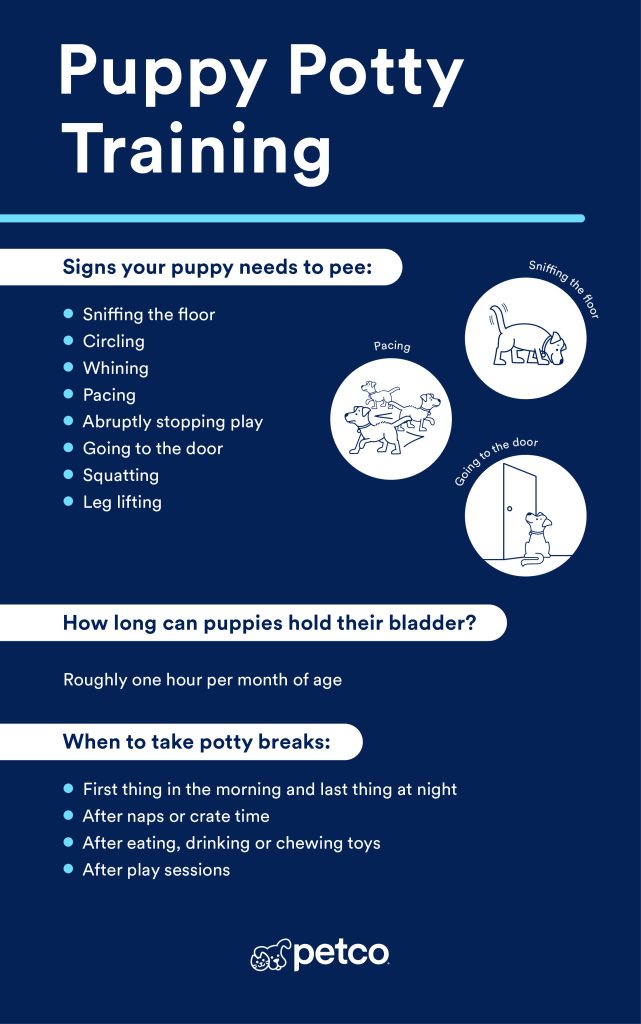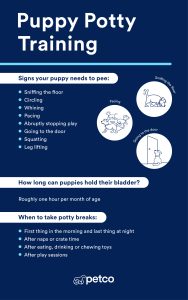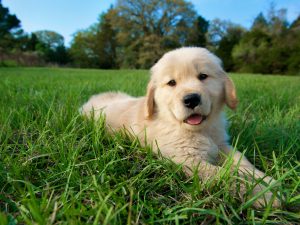Bringing a new puppy home is exciting, but training them to use a puppy pad can feel overwhelming. If you want to avoid messes and stress, you need the right approach.
Imagine having a clean house and a happy pup who knows exactly where to go. You’ll discover simple, effective puppy pad training tips that work. Stick with me, and you’ll find out how to make this process smoother for both you and your furry friend.
Ready to get started? Let’s dive in!
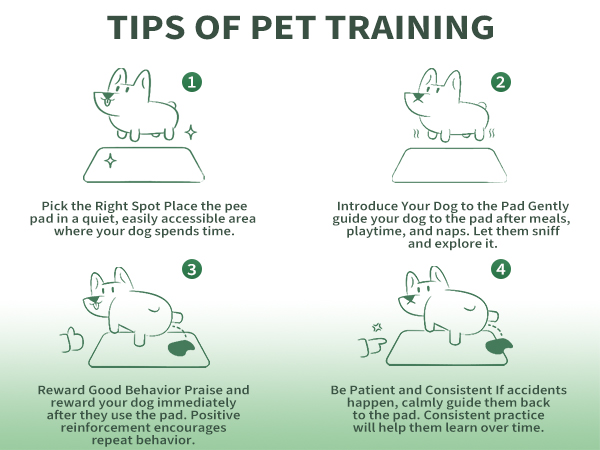
Credit: www.amazon.com
Choosing The Right Puppy Pads
Puppy pads help train your dog to go in the right place. Choosing good pads makes training easier and cleaner.
Think about the material, size, and scent before buying. These factors affect how well the pads work for your puppy.
Material And Absorbency
Puppy pads come in many materials like plastic, paper, and cloth. Absorbency is key to keeping floors dry.
- Plastic backing prevents leaks
- Soft top layers protect puppy paws
- High absorbency keeps moisture inside
- Some pads use gel to trap liquid
- Eco-friendly options use biodegradable materials
Size And Thickness
| Pad Size | Best For | Thickness |
| Small (12×18 inches) | Small puppies | Thin to medium |
| Medium (18×22 inches) | Most puppies | Medium thickness |
| Large (22×30 inches) | Large puppies or multiple dogs | Thick for heavy use |
Choose a size that fits your puppy’s needs. Thicker pads hold more liquid but cost more.
Scented Vs Unscented Pads
Scented pads use smell to attract puppies. Unscented pads are better for sensitive noses.
- Scented pads help some puppies learn faster
- Unscented pads avoid strong odors in your home
- Test both types to see what your puppy prefers
- Check for safe, non-toxic scents
Setting Up A Training Area
Creating a proper training area helps your puppy learn where to use their pads. A clear spot reduces confusion and speeds up training.
Make sure the space is easy to clean and free of distractions. This helps your puppy focus on using the pad correctly.
Designating A Consistent Spot
Choose one place for the puppy pad. Keep it in the same spot every day. This helps your puppy remember where to go.
- Pick a quiet corner away from loud noises
- Use a spot with good lighting but not direct sunlight
- Keep the area near where your puppy spends most time
- Avoid places with high foot traffic to reduce stress
Creating A Comfortable Environment
Make the training area welcoming for your puppy. Comfort encourages them to use the pad without hesitation.
| Comfort Element | Reason |
| Soft bedding near the pad | Makes the area cozy and inviting |
| Proper temperature | Prevents discomfort from heat or cold |
| Good ventilation | Keeps the area fresh and odor-free |
| Regular cleaning | Maintains hygiene and smell control |
Using Barriers And Gates
Barriers help keep your puppy in the training area. Gates block off other rooms that might distract them.
Here are some tips for using barriers:
- Use baby gates to block doorways
- Place low fences around the pad area
- Make sure barriers are safe and sturdy
- Check that your puppy cannot climb or jump over
Establishing A Training Routine
Training your puppy with a pad needs a clear routine. Consistency helps your puppy learn faster. A set schedule makes training easier for both of you.
Start by focusing on feeding and potty times. Watch your puppy’s behavior closely. Use rewards to encourage good habits.
Regular Feeding And Potty Times
Feed your puppy at the same times every day. This helps predict when it needs to use the pad. Puppies often need to go right after eating.
- Give meals in small, consistent portions.
- Set feeding times in the morning, noon, and evening.
- Take your puppy to the pad 15 minutes after each meal.
- Keep the potty area clean and easy to find.
Monitoring Puppy Behavior
Watch your puppy for signs it needs to go. Common signals include sniffing, circling, or whining. Catching these signs helps prevent accidents.
| Behavior | What It Means |
| Sniffing the floor | Looking for a potty spot |
| Circling | Getting ready to go |
| Whining or barking | Needs attention to go out |
Using Positive Reinforcement
Praise your puppy when it uses the pad correctly. Rewards build good habits and boost confidence. Avoid punishment; it can cause fear and confusion.
Try these tips for positive reinforcement:
- Give treats right after successful potty time.
- Use calm, happy words like “good job” or “well done.”
- Pet your puppy gently to show approval.
- Keep training sessions short and fun.
Encouraging Proper Pad Use
Training your puppy to use a pad can make housebreaking easier. It teaches your puppy where to go when outside is not an option.
Consistent guidance and positive feedback help your puppy learn faster. Patience and calmness are key during this process.
Guiding Your Puppy To The Pad
Show your puppy the pad often, especially after eating or waking up. Gently place them on the pad and use a simple phrase like “go potty.”
- Keep the pad in a quiet, easy-to-find spot.
- Watch for signs your puppy needs to go, like sniffing or circling.
- Lead your puppy to the pad when you see these signs.
- Be patient and repeat the process regularly throughout the day.
Rewarding Successful Attempts
Praise your puppy immediately after they use the pad correctly. This helps them connect the action with positive results.
- Give verbal praise with a happy tone.
- Offer a small treat or favorite toy.
- Pet and cuddle to show affection.
- Keep rewards consistent to reinforce good behavior.
Handling Accidents Calmly
Accidents are part of training. Do not yell or punish your puppy. Stay calm and clean the area thoroughly.
| Action | Reason |
|---|---|
| Use an enzymatic cleaner | Removes odors to prevent repeat accidents |
| Avoid scolding | Prevents fear and confusion |
| Redirect to pad | Reinforces correct behavior |
Transitioning Away From Puppy Pads
Training your puppy to move away from using puppy pads is important. It helps them learn to potty outside.
This process takes time and patience. Here are some tips to guide you through the transition.
Gradual Reduction Techniques
Reducing the use of puppy pads slowly can ease the transition. Start by moving the pads closer to the door.
- Place the pad nearer to the door each day.
- Decrease the number of pads used indoors.
- Begin using pads only when you are away for long periods.
Introducing Outdoor Potty Training
Taking your puppy outdoors is essential for their training. It helps them associate the outdoors with potty time.
Reward them with treats and praise when they go outside. This positive reinforcement encourages them to repeat the behavior.
Maintaining Consistency
Consistency is key in training. Stick to a regular schedule for taking your puppy outside.
| Time | Activity |
| Morning | First potty break of the day |
| After meals | Take outside for a potty break |
| Evening | Last potty break before bedtime |
Keeping a routine helps your puppy know when to expect a potty break. This reduces accidents inside the house.
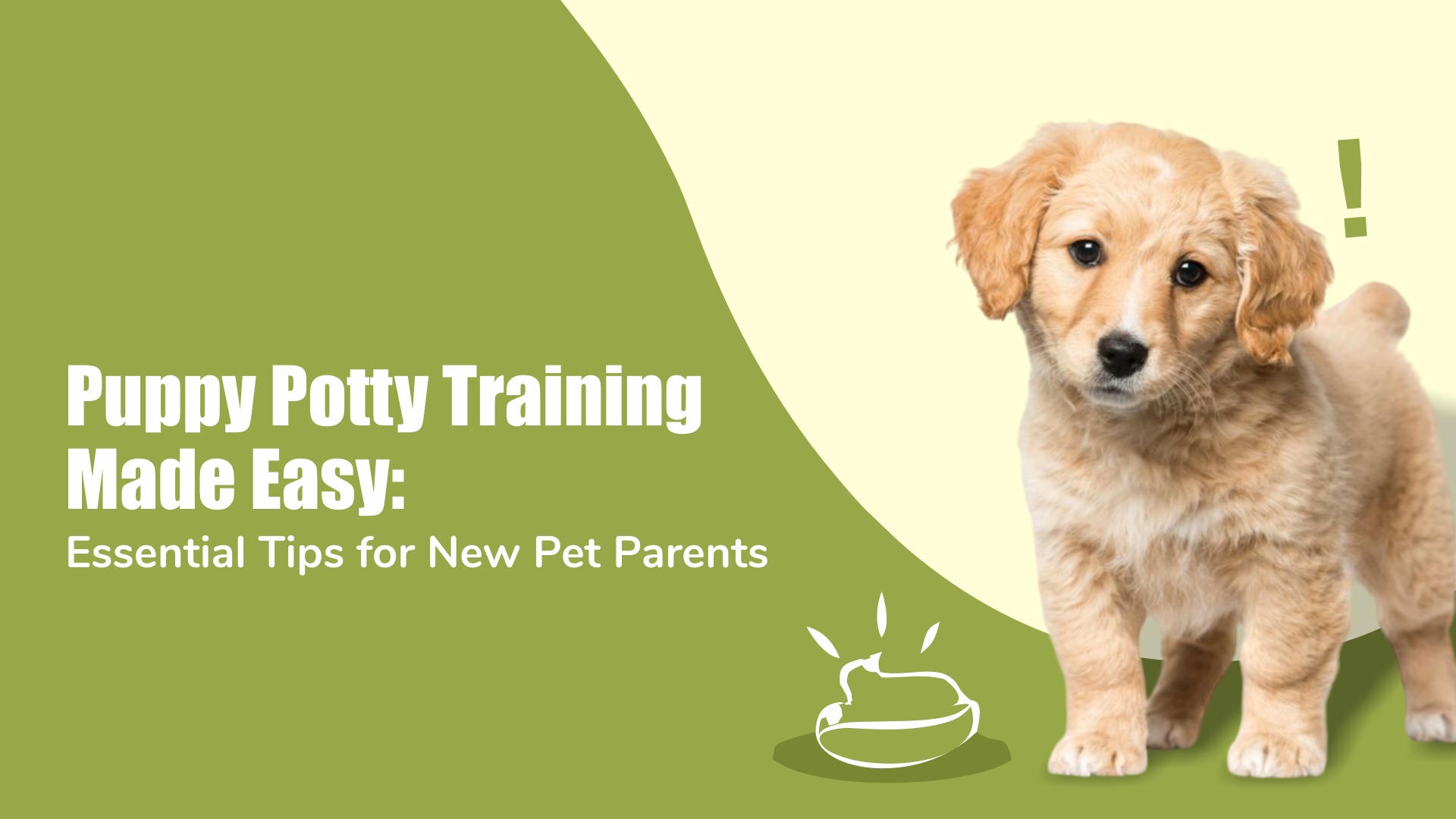
Credit: zigly.com
Common Challenges And Solutions
Puppy pad training can be tricky for many dog owners. Puppies may face issues that slow their learning.
Knowing common problems helps you find the right solution fast. This guide covers three main challenges.
Puppy Avoiding The Pad
Some puppies do not want to use the pad. They may sniff around but avoid going on it.
This happens when the pad smells strange or is in a bad spot. Puppies also avoid dirty or wet pads.
- Place the pad in a quiet, consistent area
- Keep the pad clean and dry by changing it often
- Use treats and praise when puppy uses the pad
- Make the pad smell inviting by rubbing it with puppy urine
Chewing Or Playing With Pads
Puppies may chew or play with the pads instead of using them. This can waste pads and slow training.
Chewing happens when puppies are bored or teething. Playing with pads may be a way to explore new textures.
- Offer chew toys to keep puppies busy
- Supervise your puppy near the pad
- Use a pad holder to keep the pad in place
- Redirect your puppy gently if they start chewing the pad
Dealing With Regression
Sometimes puppies stop using the pad after they learned it. This is called regression.
Regression can happen due to stress, changes at home, or health problems. It needs patience and care.
- Keep a regular potty routine for your puppy
- Check for any health issues with a vet
- Stay calm and use positive reinforcement
- Clean accidents outside the pad area with an enzyme cleaner
Maintaining Hygiene And Safety
Puppy pad training helps keep your home clean. You must keep the training area safe and hygienic.
Proper cleaning and safe disposal prevent germs and bad smells. It also protects your puppy’s health.
Regular Cleaning Practices
Clean the puppy pad area every day. Use mild soap and warm water to wipe surfaces.
Replace used pads quickly to avoid mess and stains. Clean any spills immediately to stop bacteria.
- Wear gloves while cleaning
- Use pet-safe cleaning products
- Dry the area fully after cleaning
Safe Disposal Methods
Dispose of used pads in a sealed trash bag. This stops germs from spreading and controls odors.
Do not flush pads down the toilet. They can clog pipes and harm plumbing.
- Use lined trash bins with lids
- Empty trash often to avoid smell
- Keep trash bins away from pets
Preventing Mold And Odors
Keep the training area dry to prevent mold growth. Moist areas attract mold and bad smells.
Use odor neutralizers safe for pets. Air out the room regularly to keep fresh air flowing.
- Change pads before they soak through
- Ventilate the room daily
- Check corners and walls for damp spots

Credit: www.walmart.com
Frequently Asked Questions
What Is The Best Age To Start Puppy Pad Training?
The best age to start puppy pad training is around 8 weeks. Puppies at this age are ready to learn bladder control and basic hygiene habits. Early training helps establish good potty routines and reduces accidents in the house.
How Often Should I Change Puppy Pads During Training?
Change puppy pads every 2 to 4 hours or immediately after use. Frequent changes keep the area clean and encourage your puppy to use the pad consistently. A clean pad prevents odors and helps maintain a hygienic training environment.
Can Puppy Pad Training Replace Outdoor Potty Training?
Puppy pad training is a helpful indoor solution but should not fully replace outdoor potty training. Gradually transition your puppy to outdoor spots for long-term success. Outdoor training promotes natural habits and better socialization for your puppy.
What Are Common Mistakes In Puppy Pad Training?
Common mistakes include inconsistent pad placement, infrequent cleaning, and lack of positive reinforcement. Avoid punishing accidents and always reward desired behavior. Consistency and patience are key to successful puppy pad training.
Conclusion
Puppy pad training takes time and patience. Stay consistent with your routine every day. Praise your puppy when they use the pad. Clean accidents quickly to avoid repeats. Use clear signals to guide your puppy. Small steps lead to big progress.
Enjoy the process and watch your puppy learn. Training builds trust and good habits. Keep calm and stay positive throughout. Soon, your puppy will know what to do.

Emily Barker is the founder of ChillDogLife.com, a space dedicated to helping pup parents discover the best dog products, lifestyle tips, and cozy ideas for happier homes.
A lifelong dog lover, Emily combines her passion for pets with a knack for research to share trusted recommendations on everything from toys and furniture to health and everyday care.
Her goal is simple: to make life easier, stylish, and more joyful for dogs and the people who love them.
